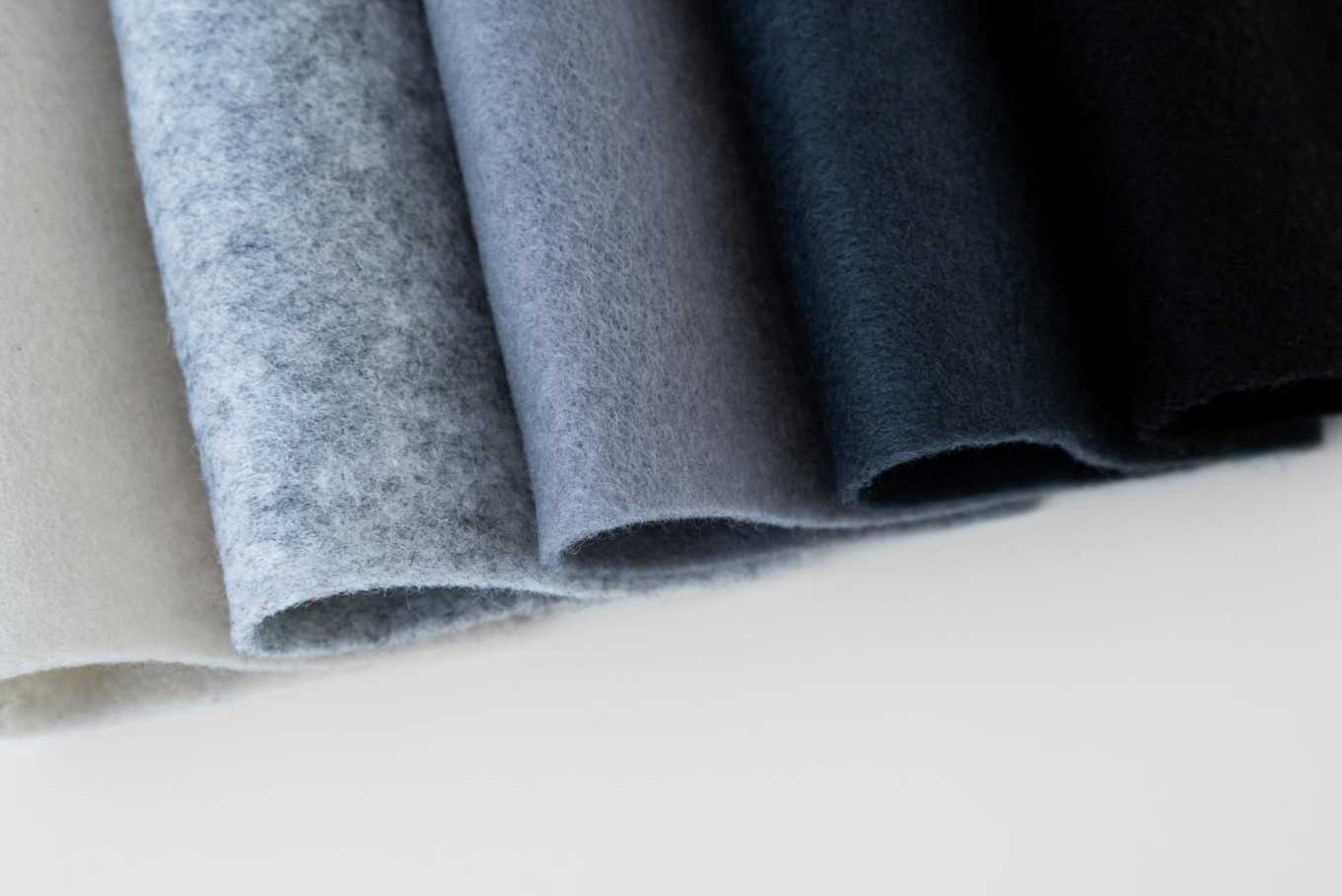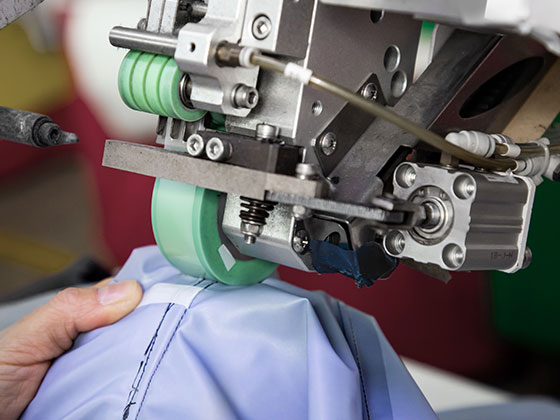Why Antistatic Finishing Is a Key Necessity for Outwear
What’s the Deal with Anti-Static Fabric and Why’s It a Game-Changer?
What’s an Anti-Static Treatment for Fabric?
Anti-static treatment is like a superpower for fabrics, kicking static electricity to the curb by stopping it from building up on your clothes. Static happens when two materials rub together and split, leaving an electric charge mess. These treatments slap on special finishes to zap those charges away safely, saving you from annoying shocks or risky sparks.
Why Does Static Electricity Pop Off in Outerwear?
Static electricity loves to crash the party in outerwear, especially with synthetic fabrics and certain weather vibes. When stuff like polyester, nylon, or acrylic rubs against itself or your skin, electrons go wild, creating a charge. This gets extra crazy in dry or chilly spots where low humidity makes it easy for charges to pile up since air isn’t conducting them away.
How Does Anti-Static Fabric Make Life Comfier and Better?
Anti-static fabric is a total vibe for comfort, killing off those zappy shocks, clingy fits and weird crackling noises from static. It also keeps your clothes moving smooth without sticking to you like cling wrap. In pro settings like labs or factories, anti-static gear stops electrostatic discharge (ESD) from frying sensitive electronics, boosting safety and performance.

What Makes a Garment Anti-Static?
Which Materials Are Static Magnets?
Synthetic stuff like polyester, nylon, acrylic and acetate are static’s best friends because they suck at conducting electricity. These fabrics let charges build up like nobody’s business.
Natural fibers like cotton or wool hold onto moisture better, so they’re less likely to get zappy, but they can still spark up in the right conditions.
How Do Treatments Stop Static in Its Tracks?
Fabric treatments are the secret sauce for turning regular textiles into anti-static champs. They add chemical agents that either boost how well the surface conducts electricity or pull moisture from the air to neutralize charges. Without these, even low-static fabrics can turn into spark machines in certain environments or uses.
How Do Weather and Environment Mess with Static?
Stuff like humidity and temperature totally call the shots on static. In dry climates or winter when indoor heaters suck out moisture, fabrics get parched. This sets up prime conditions for friction between clothing layers or against skin, sparking static like crazy.
But in humid spots, the extra moisture in the air helps zap charges away faster, thanks to better conductivity and wetter fabrics.
The Science Behind Anti-Static Fabric Tech
How Do Anti-Static Finishes Work on Clothes?
Anti-static finishes keep things chill through two main tricks: boosting surface conductivity and managing moisture in the fabric.
Surface conductivity gets a glow-up with conductive agents like carbon-based compounds that let charges flow across the fabric instead of piling up in one spot.
Moisture control uses hygroscopic stuff that grabs water molecules from the air. This keeps fibers humid enough to safely conduct tiny bits of electricity away from your gear.
What Kinds of Anti-Static Agents Are Used?
There’s a whole squad of anti-static agents for textile finishing:
- Cationic surfactants: Stick tight to negatively charged fibers.
- Nonionic surfactants: Work with tons of fiber types.
- Polyethylene glycol derivatives: Champs at keeping things moisturized.
- Quaternary ammonium compounds: Go-to for long-lasting anti-static vibes.
The pick depends on what fibers you’re working with, how long you need it to last, cost and what the gear’s used for.
How Do They Slap These Finishes on Fabrics?
Durable vs. Non-Durable Finishes
Durable finishes are built to hang tough through tons of washes while still fighting static. They’re chemically bonded to fibers with cross-linking tricks.
Non-durable finishes give short-term static protection but might rinse out after a few washes. They’re used for disposable gear or stuff that doesn’t need to last long.
Padding, Spraying and Coating Vibes
Padding soaks fabric in an anti-static solution, then squeezes out extra liquid with rollers—perfect for big production runs.
Spraying blasts a fine mist of coating onto finished clothes, but it can get patchy if you’re not careful.
Coating methods slap thin films of conductive polymers onto fibers using high-tech stuff like plasma treatment or electrospinning for top-tier performance.

Why Anti-Static Fabric Rocks for Outerwear
How Does Anti-Static Finishing Make Cold or Dry Days Better?
In chilly or dry spots with low humidity, you’re bound to get zapped touching metal or other folks because of static buildup on clothes. Anti-static finishing saves the day by letting those charges slip away through treated fabrics, making your day comfier.
It also stops clothes from clinging like a needy ex or sticking together in closets or bags—a total pain with untreated synthetic outerwear in winter.
What’s the Safety Win with Anti-Static Outerwear?
Anti-static outerwear brings some serious safety perks:
- In factories with flammable gases or liquids, ESD sparks can start fires.
- In electronics plants, random discharges can fry delicate components.
- In hospitals with diagnostic gear or oxygen tanks, dodging sparks is a must for patient safety.
By neutralizing static before it gets wild, anti-static gear keeps wearers and equipment safe.
Where’s Anti-Static Outerwear a Total Lifesaver?
Industries that swear by anti-static outerwear include:
- Electronics assembly
- Oil & gas
- Chemical processing
- Aerospace
- Cleanroom operations
- Pharmaceuticals
- Healthcare services
These spots need tight control over static discharges to protect products or keep people safe, making anti-static gear a must-have.
Challenges and Things to Watch with Anti-Static Fabric
Are There Downsides to Anti-Static Treatments Over Time?
Yup, anti-static treatments can lose their mojo over time from wear and tear or too many washes. Non-durable treatments especially fade fast unless you reapply them.
Even durable coatings can wear out eventually, depending on how hard you’re using the gear and how you care for it—high-risk spots like ESD-sensitive zones need regular checkups.
How Do Washing or Wear Mess with Anti-Static Performance?
Washing hits non-durable finishes hardest since water-soluble agents rinse right off. Heat drying makes it worse by breaking down chemical bonds from the initial treatment.
Durable finishes hold up better but still take a hit over time, especially with harsh detergents (alkaline ones are rough), hot water, intense spin cycles, or high-heat ironing.
Using mild detergents and air drying can keep the anti-static vibes going strong while keeping your gear in one piece.
INVIDIA TEXTILE: Dropping Next-Level Anti-Static Solutions
Who’s INVIDIA TEXTILE and What’s Their Deal?
 At INVIDIA TEXTILE, we’re all about cooking up dope functional fabrics for markets like outdoor gear, uniforms, sportswear, medical textiles—and especially killer anti-static solutions tailored to what clients need.
At INVIDIA TEXTILE, we’re all about cooking up dope functional fabrics for markets like outdoor gear, uniforms, sportswear, medical textiles—and especially killer anti-static solutions tailored to what clients need.
We don’t just make high-quality technical fabrics; we also hook you up with flexible OEM/ODM services, from picking fibers to final garment vibes.
How Does INVIDIA TEXTILE Bring Anti-Static Tech to Their Fabrics?
Anti-Static Product Lines
Our lineup includes outerwear materials laced with conductive yarns or treated with cutting-edge chemical finishes for long-lasting static protection.
These fabrics go through hardcore testing, like surface resistivity checks under different humidity levels, to make sure they perform in real-world situations.
Use Cases in Outerwear, Uniforms and Performance Gear
We’ve got clients in tons of sectors needing ESD protection, like industrial uniforms for working near flammable stuff, outdoor gear for icy climates, lab coats for diagnostic machines and sports gear that needs breathability plus static control.
Our custom services let us tweak base materials to match brand vibes while keeping core features like moisture-wicking and anti-static power.
Часто задаваемые вопросы
Q: Why do synthetic fiber clothes spark more static?
A: Synthetics like polyester don’t hold moisture well, so they build up electrical charges faster than natural fibers like cotton or wool.
Q: Can I wash my anti-static outwear without killing its powers?
A: Yup, if it’s got durable anti-static finishes built for wash resistance. Just stick to the maker’s care instructions.
Q: Are all anti-static treatments forever?
A: Nah, some are temporary (non-durable), while others bond tight to fibers for long-term static protection, even after washes.
Q: Can I get custom anti-static outwear from INVIDIA TEXTILE?
A: Hell yeah, we offer full OEM/ODM customization, from colors and textures to finish types, tailored to your needs.

 +86-13634185427
+86-13634185427




